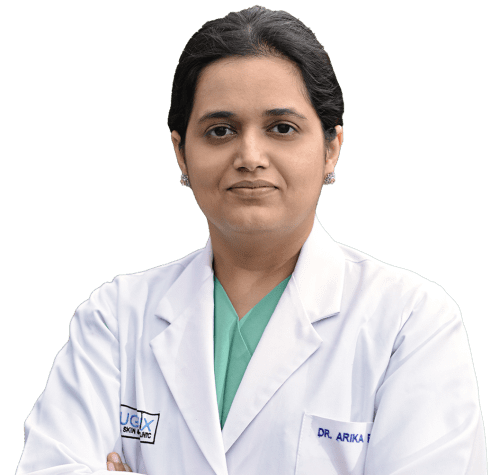Hair loss can be a distressing experience, affecting one’s self-esteem and overall appearance. Fortunately, hair transplant procedures have emerged as an effective solution for restoring hair and regaining a natural-looking appearance. Central to the success of a hair transplant is the role of the donor area, which plays a crucial part in achieving permanent and satisfactory results. In this article, we will explore the significance of the donor area and its role in achieving long-lasting hair transplant outcomes.
What is the Donor Area?
The donor area refers to the region of the scalp from which healthy hair follicles are harvested for transplantation. Typically, the donor area is located at the back or sides of the scalp. These areas are usually less susceptible to the effects of DHT (dihydrotestosterone), the hormone responsible for male and female pattern baldness. The hair in the donor area is genetically resistant to DHT and is less likely to fall out over time, making it an ideal source for transplanting to areas experiencing hair loss.
Link: https://www.youtube.com/watch?v=1L0L6dldtBc
Choosing the Right Donor Area: During the initial consultation with a hair transplant surgeon, careful evaluation of the donor area is conducted. The surgeon will assess the density, thickness, and quality of the hair in the donor area to determine its suitability for transplantation. Factors such as hair texture, colour, and growth pattern are also considered to ensure a natural-looking result.
The Importance of Donor Dominance: Donor dominance is a key concept in hair transplantation. It refers to the ability of the transplanted hair follicles from the donor area to retain their genetic resistance to DHT even in the recipient area. This means that the transplanted hair is less likely to fall out or be affected by the balding process, offering long-term stability and permanence.
During a hair transplant procedure, individual hair follicles or groups of follicles, known as grafts, are carefully extracted from the donor area. These grafts are then transplanted into the recipient area, where hair loss has occurred. The goal is to recreate a natural hairline and restore hair density using the healthy hair follicles from the donor area. The transplanted hair will continue to grow in its new location, maintaining its characteristics and resistance to DHT.
Donor Area Preservation: Preserving the integrity of the donor area is crucial for ensuring the success and long-term viability of a hair transplant. The surgeon carefully selects the donor hair follicles, ensuring that they are extracted in a manner that minimises trauma and damage to the donor area. Advanced techniques such as Follicular Unit Extraction (FUE) and Direct Hair Transplant allow for precise extraction and transplantation, minimising scarring and preserving the donor area.
It is important to note that the amount of hair available in the donor area is finite. The surgeon will consider the extent of hair loss and the potential future progression of baldness to ensure that an appropriate amount of donor hair is utilised while maintaining a natural and balanced appearance. The surgeon’s expertise and experience are instrumental in achieving optimal results while preserving the donor area for future hair restoration, if necessary.
Long-Term Results: The transplanted hair from the donor area is expected to retain its genetic resistance to DHT and continue to grow naturally in the recipient area. As the transplanted hair follicles are not affected by DHT, they are less likely to undergo the same thinning or shedding process as the hair in the recipient area. This ensures that the transplanted hair retains its density and appearance, offering long-term results that are indistinguishable from natural hair.
However, it is important to note that the natural hair growth cycle still applies to the transplanted hair. It will go through periods of shedding and regrowth, but the transplanted hair itself is considered permanent and less susceptible to the effects of DHT.
In conclusion, the role of the donor area management in achieving permanent hair transplant results cannot be overstated. The donor area serves as a reliable source of genetically resistant hair follicles, ensuring long-term stability and natural-looking outcomes. Preserving the integrity of the donor area and selecting the appropriate grafts are critical for achieving successful hair transplantation. By choosing an experienced hair transplant surgeon and following their recommendations for donor area preservation and care, individuals can enjoy the benefits of a permanent and aesthetically pleasing hair restoration.





